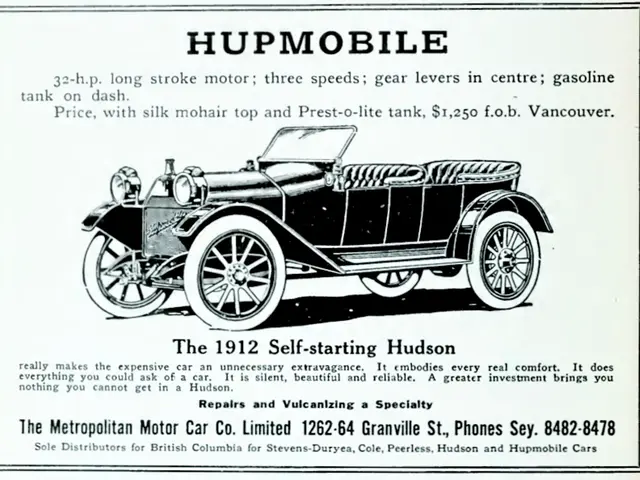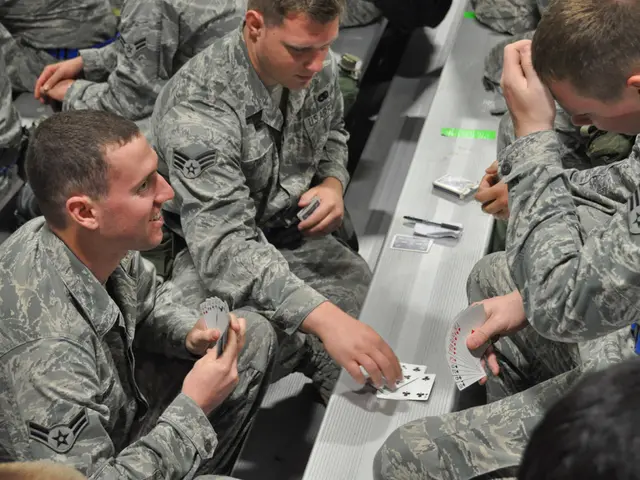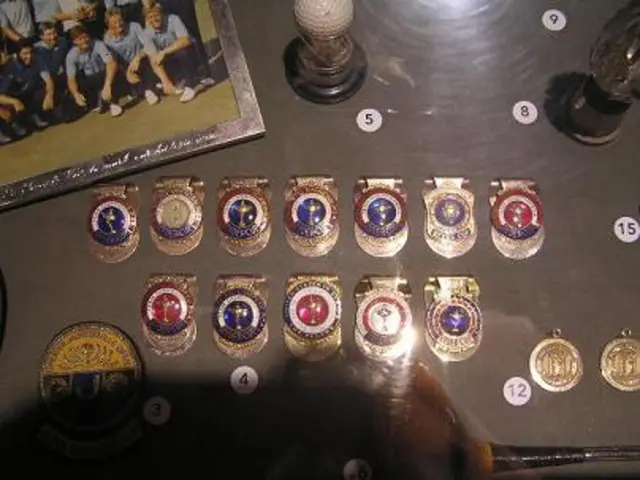Navigational Hypotheses Regarding Unidentified Flying Objects
In the realm of scientific exploration, the concept of antigravity has long been a topic of intrigue and controversy. This intrigue extends to the purported technology of Unidentified Flying Objects (UFOs), with numerous theories suggesting that these mysterious craft may harness antigravity propulsion systems.
One such pioneer in this field is Dr. Salvatore Cezar Pais, who has filed patents for a craft using an "inertial mass reduction device." This technology, if realised, could potentially explain some UFO sightings. The US Navy filed similar patents in 2019, further fueling speculation.
The idea of antigravity propulsion in UFOs was first proposed by John Searl, who developed a technology called "magnetogravitation." This technology, based on the interaction of space energy and a torus-shaped magnetic field generated at a resonant rotational speed, is still the subject of much debate.
Paul R. Hill, a former NASA scientist, delves into this debate in his book "Unconventional Flying Objects: A Scientific Analysis." He presents a detailed analysis of potential propulsion systems behind UFO sightings.
Dr. Kevin Knuth, a physicist, posits that some UFOs could be using magnetohydrodynamic propulsion, involving the manipulation of plasma through magnetic fields to generate thrust. Plasma-based propulsion systems have also been suggested as another possibility.
Advanced electromagnetic propulsion systems are another theory, using high-energy electromagnetic fields to generate thrust. Dr. Hal Puthoff, a physicist, even suggests that some UFOs may employ a "space-time metric engineering" method to create an antigravity effect.
Some researchers, like Dr. Paul A. LaViolette, a physicist and systems scientist, delve into the history of antigravity research in their works. LaViolette's book, "Secrets of Antigravity Propulsion: Tesla, UFOs, and Classified Aerospace Technology," posits that some UFOs might utilize advanced antigravity propulsion technology based on electrogravitics and other exotic concepts.
Theories exploring the possibility of UFOs employing principles of quantum mechanics, such as entanglement and teleportation, to navigate vast distances instantaneously, also abound. Dr. Eric Davis, a physicist, has even suggested that some UFOs could be using a form of "quantum teleportation" to travel across vast distances.
More radical theories suggest that UFOs navigate by traversing dimensions or parallel universes, tapping into the concept of the multiverse. Dr. Jacques Vallée, a UFO researcher, has explored the idea of UFOs as manifestations of interdimensional phenomena.
Boyd Bushman, a senior scientist at Lockheed Martin, was another engineer who worked in the aerospace industry for over four decades. Bushman held several patents for his work in aeronautical and aerospace engineering, adding to the intrigue surrounding UFO propulsion.
Tales of strange lights in the sky and unexplained phenomena have given rise to numerous theories and speculations about UFOs. As scientific exploration continues, the mystery of UFO propulsion remains one of the most fascinating aspects of this ongoing debate.








